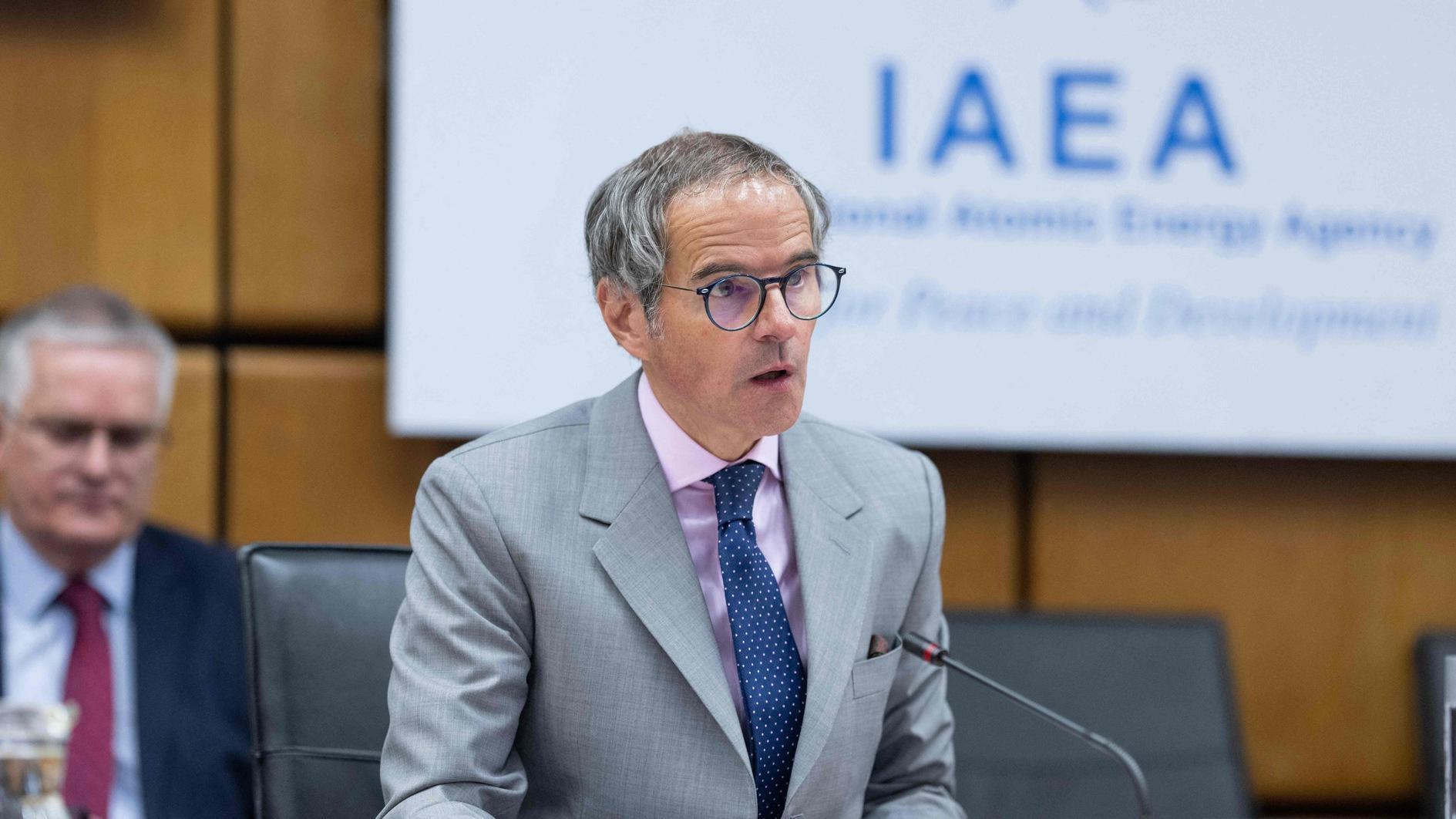Trump will find Russia back in the Mideast via Syria
Forces loyal to Bashar al-Assad in Syria are about to gain control of the country’s second city of Aleppo as rebel groups seek ways to exit their last positions.
The statements of outgoing U.S. Secretary of State John Kerry about “working on” a solution for Aleppo with Russian Foreign Minister Sergei Lavrov is seen from outside as turning a blind eye to al-Assad’s regaining of control over the city, or what is left of it after years of fierce fighting and destruction. It was Russia (together with China) who vetoed a temporary cease-fire effort in the United Nations Security Council just days ago. It was the al-Assad government which said right after the veto that there would not be any cease-fire unless all rebel groups are “wiped out” of Aleppo.
Even Turkey has seemingly given up being that enthusiastic about Aleppo after it started its own military campaign to support the Free Syrian Army (FSA) militia aimed at creating a pocket out of the control of two sources of terror, the Islamic State of Iraq and Levant (ISIL) and the outlawed Kurdistan Workers’ Party (PKK), next to its borders with Syria. Turkey has given assurances to both Russia and the U.S. that the operation was aimed at getting al-Bab from the hands of ISIL and not letting it be taken by the Democratic Union Party (PYD) militia, the Syria branch of the PKK.
It seems that all the actors in the region, including Iran and Saudi Arabia who are in a proxy war in Syria, have admitted the fact that al-Assad will start the Donald Trump term in the U.S. with Aleppo in his control.
Al-Assad owes this upper hand to Vladimir Putin of Russia and actually to Ali Khamanei, the religious leader of Iran. It was no one but Khamanei who had sent Maj.-Gen. Qasim Suleimani, the head of the Quds Brigades, the exterior operations unit of the Iran Revolutionary Guards, to Moscow at least twice in 2015 to relate that without active Russian involvement, al-Assad was about to fall, along with the Russian navy base in Tartus, Russia’s only military base in the entire Middle East and the Mediterranean, and that the development would open the way to Saudi-led Sunni extremism and Turkish influence. Putin duly sent his Air Force to Syria in September 2015.
After a year and two months, Russia not only upgraded its naval base but established a major air base in Hmeimim near Latakia under al-Assad’s control and helped al-Assad forces take back Aleppo.
I am not going to get into details of the Turkish-Russian crisis as a result of the downing of a Russian jet by the Turks in November 2015, but that crisis pacified the Turkish position in Syria during that period. Turkey has been busy with the row with its major ally, the U.S., over U.S. cooperation with the PYD/PKK in Syria, which is an extremely disturbing issue for the Turkish government.
The U.S. cooperating with the enemy of its ally, mean that Turkey had to abandon its political target of getting rid of al-Assad’s rule in the country.
Once there were four consulates in Aleppo, the Russian, Iranian, Armenian and Turkish, as the Turkish border is just 60 kilometers away from Aleppo; the city of Gaziantep is just 120 km, while the capital Damascus is 300 km away. The other consulates could open much sooner than the Turkish one, it seems today, and that is a serious loss for Turkey.
But a strategic loss for the U.S. administration under Barack Obama is that they let Russia return to the Middle East with full weight because of their undetermined policy line on Syria.
Russia is back in the Middle East with an ally like Iran, and that is what Turmp will find on his desk when we takes the Oval Office on Jan. 20, 2017.











